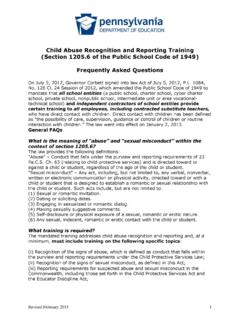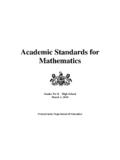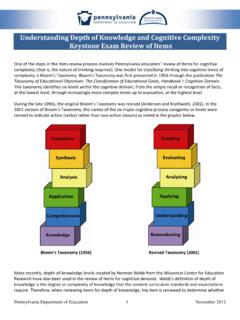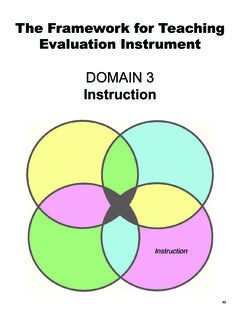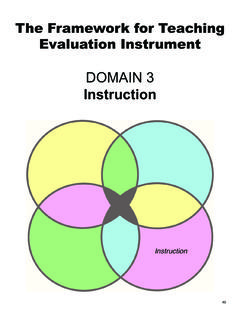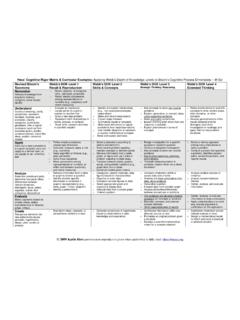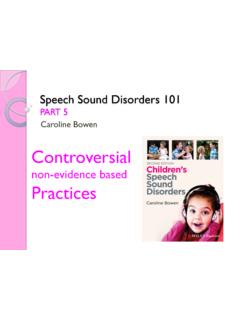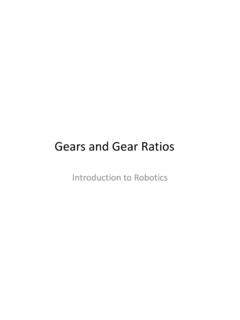Transcription of Depth of Knowledge (DOK) Levels - pdesas.org
1 Level One ActivitiesRecall elements and details of story structure, such as sequence of events, character, plot and basic locations on a in words or diagrams a scientific concept or routine procedures like measuring length or using punctuation marks the features of a place or people. Level Two ActivitiesIdentify and summarize the major events in a context cues to identify themeaning of unfamiliar routine multiple-step the cause/effect of a particular patterns in events or a routine problem given data and , represent and interpret Three ActivitiesSupport ideas with details and voice appropriate to the purpose and research questions and design investigations for a scientific a scientific model for a complex the author s purpose and describe how it affects the interpretation of a reading a concept in other Four ActivitiesConduct a project that requires specifying a problem, designing and conducting an experiment, analyzing its data, and reporting mathematical model to illuminate a problem or and synthesize information from multiple and illustrate how common themes are found across texts from different a mathematical model to inform and solve a practical or abstract Two(Skill/Concept)
2 Level One(Recall)Level Three(Strategic Thinking)Level Four(ExtendedThinking)ArrangeCalculateDe fineDrawIdentifyIllustrateLabelListMatch MeasureMemorizeNameQuoteRecallReciteReco gnizeRepeatReportStateTabulateTellUseWho , What, When, Where, WhyDescribeExplainInterpretCategorizeCau se/EffectCollect and DisplayClassifyCompareConstructDistingui shEstimateGraphIdentify PatternsInferInterpretMake ObservationsModifyOrganizePredictRelateS eparateShowSummarizeUse Context CuesAppriseAssessCite EvidenceCompareConstructCritiqueDevelop a Logical ArgumentDifferentiateDraw ConclusionsExplain Phenomena in Terms of ConceptsFormulateHypothesizeInvestigateR eviseUse Concepts to Solve Non-Routine ProblemsApply ConceptsDesignConnectProveSynthesizeCrit iqueAnalyzeCreateDepth of Knowledge (DOK) LevelsWebb, Norman L. and others. Web Alignment Tool 24 July 2005. Wisconsin Center of Educational Research. University of Wisconsin-Madison. 2 Feb. 2006. < >.

